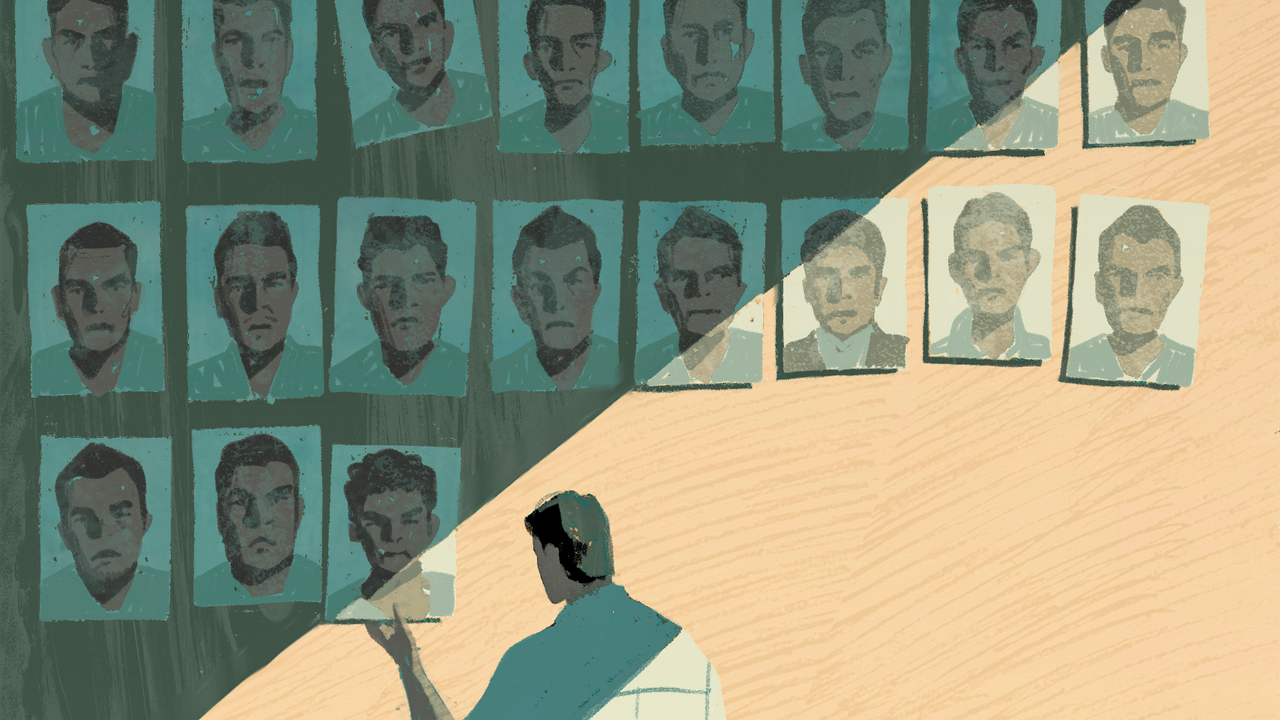Forty-three Mexican Students Went Missing. What Really Happened to Them?

2024-03-04 词
His son, Miguel Ángel Mendoza Zacarías, earned his living cutting hair and working construction jobs. He was tall, with a shock of hair that he was proud of, to judge from the self-portrait he drew on the outside wall of the house to advertise his services as a barber. He’d been thirty-three, a full-grown man, when he applied to the Ayotzinapa Rural Teachers’ College, in nearby Tixtla—older than most of his cohort. When I asked why he’d wanted to go, Don Tanis said, brightly, “It’s never too late to learn!,” adding, “He loved children, and he always wanted to teach.” I suspect he might also have wanted an opportunity to get away from working as cheap day labor. For people from Indigenous and campesino communities—in Mexico these are neighboring categories—Ayotzinapa provided free tuition and board, and the possibility of a job teaching somewhere in a rural district.
免责声明:本文来自网络公开资料,仅供学习交流,其观点和倾向不代表本站立场。